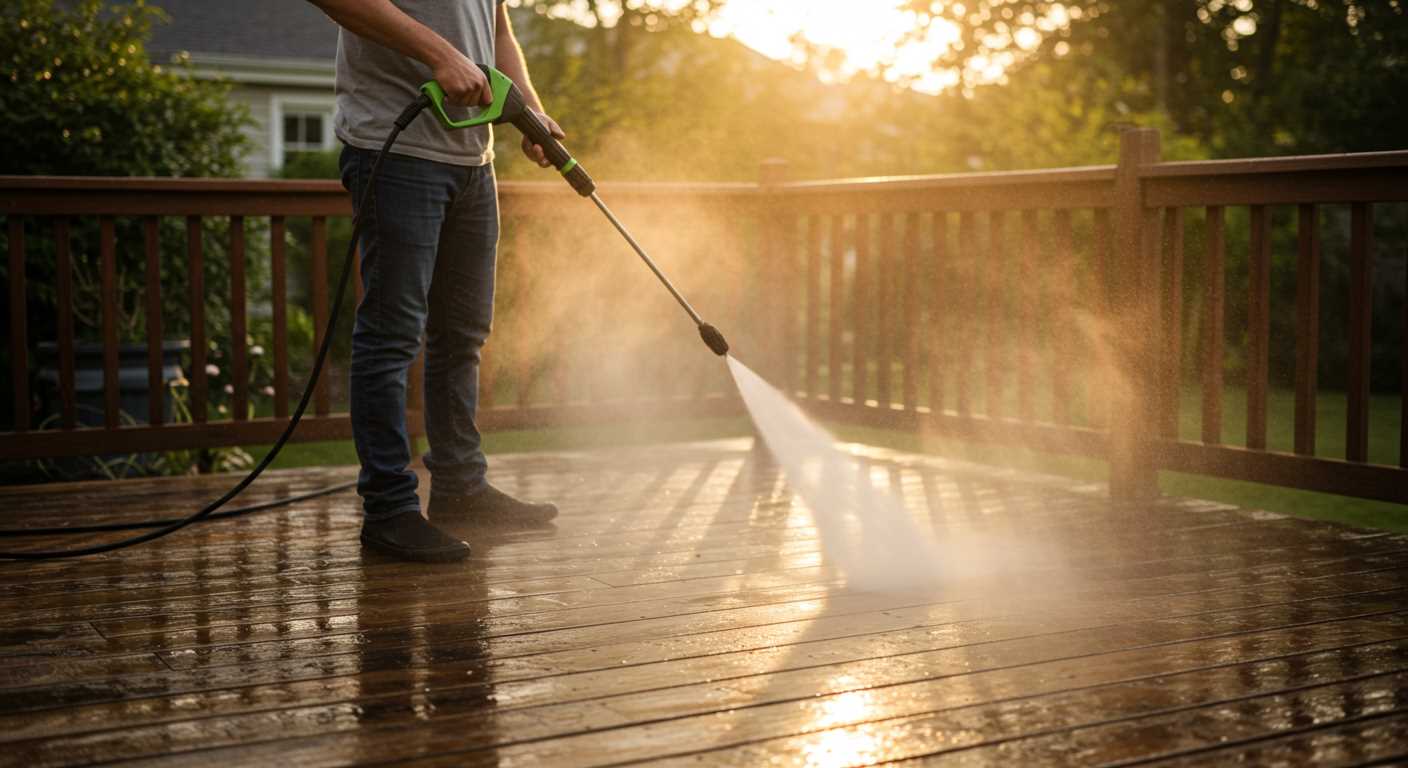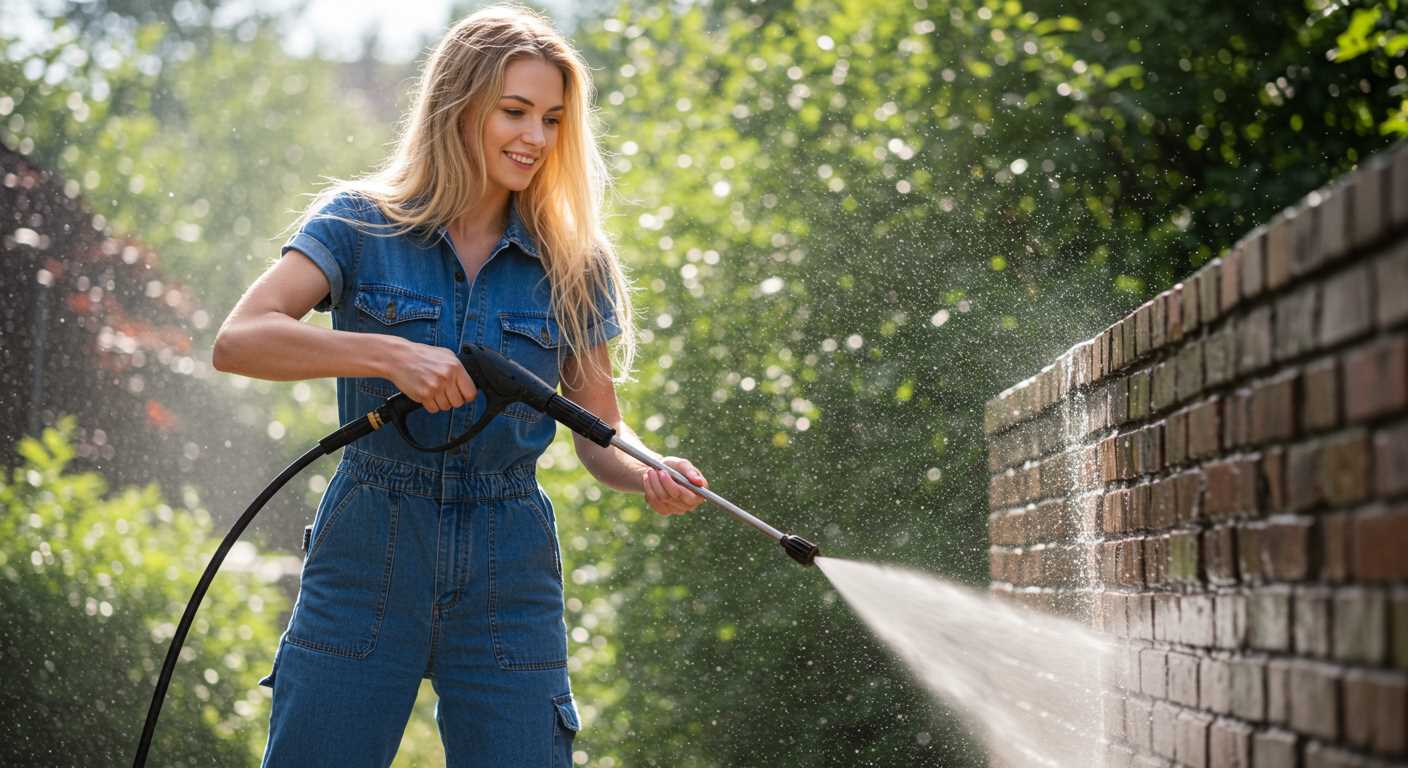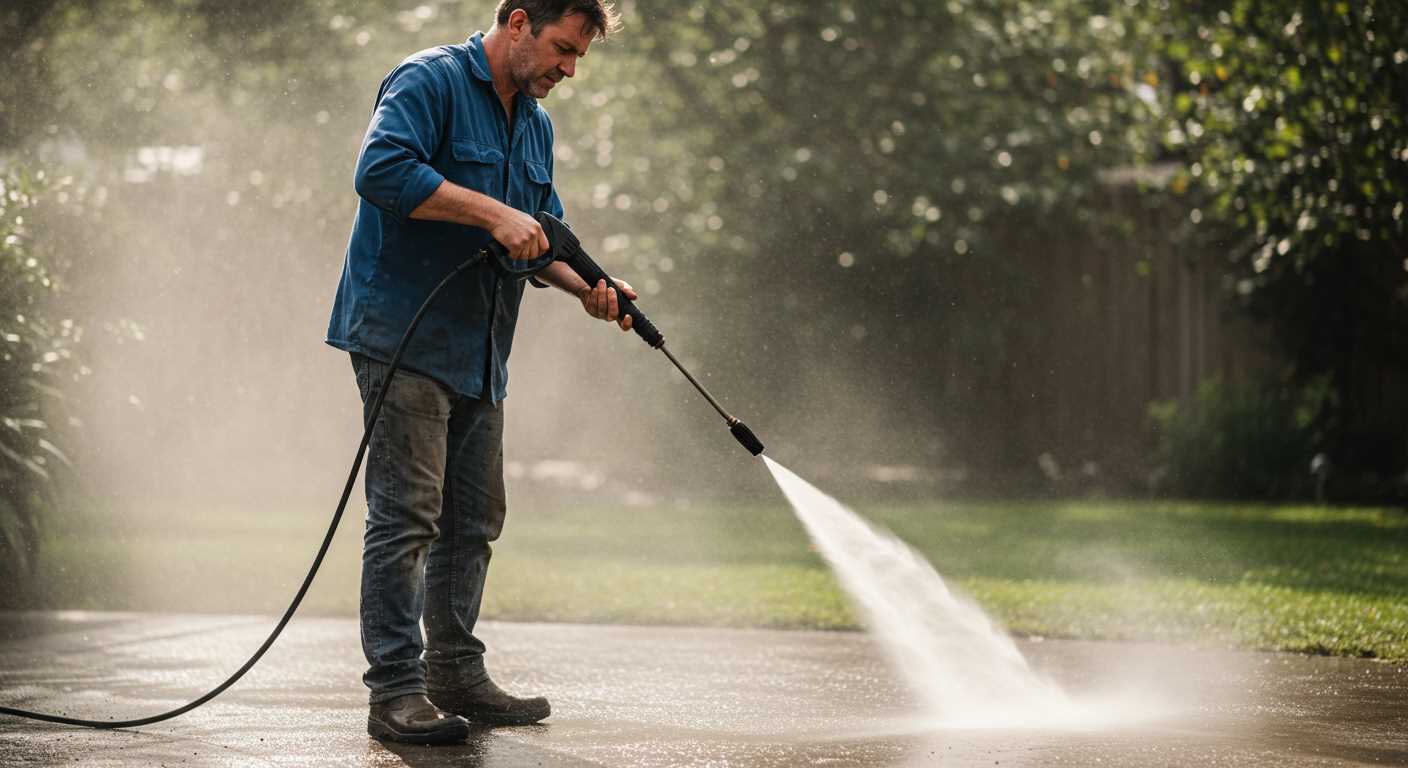



If you experience interruptions while operating your cleaning device, the cause often lies in a few specific areas. Start by checking the water supply to ensure consistent flow and adequate pressure. Insufficient water can trigger the machine’s safety feature, shutting it down to prevent overheating.
Examine the inlet filter and hose for blockages. Debris or impurities can restrict water flow, leading to frequent stoppages. Cleaning or replacing these components can often resolve the issue swiftly.
Another frequent culprit is the internal components, especially the pump and motor. If there are signs of wear or damage, these parts may fail under pressure, affecting performance. Regular maintenance, including lubrication and inspection, can prolong the life of your equipment and prevent these interruptions.
Lastly, check any electrical connections if the device runs on power. Loose or damaged wires can lead to sporadic function, and addressing these issues promptly can save time and hassle.
Common causes of pressure washer shutdowns

Regularly inspect the fuel type used; incorrect fuel can lead to engine failure. Always use the manufacturer’s recommended blend.
Clogged filters are a frequent issue. Check the air intake and fuel filters, ensuring they are clean and clear of debris.
Overheating often results from prolonged use without breaks. Allow your equipment to cool down between heavy usage to prevent thermal shutdowns.
Examine the oil levels regularly. Low oil can trigger automatic shutdowns to protect engine components from damage.
Electrical connections warrant attention too. Damaged wires or loose connections can disrupt power flow, causing performance issues.
Inspect the hose for kinks or blockages. A compromised hose can restrict water flow, leading to interruptions in operation.
Look for issues with the pressure regulation. A faulty pressure switch can result in erratic behaviour and unexpected stops.
Ensure that the pump is properly primed. Air in the system can lead to inconsistent pressure and unexpected shutdowns.
Ultimately, detailed inspections and maintenance schedules will mitigate many common issues and prolong equipment lifespan.
How to check for clogs in the system
Begin by inspecting the water intake filter. Remove and clean it under running water to eliminate any debris. A blockage here can restrict flow and function.
Next, examine the high-pressure hose for kinks, cracks, or obstructions. Lay it out straight and check both ends for blockages. If necessary, replace it with a new hose. Feel for unusual restrictions while water runs through it to identify internal clogs.
Inspect the nozzle

The nozzle frequently accumulates dirt and grime. Remove it and soak it in a solution of warm water and vinegar for about 30 minutes. Use a small wire or nozzle cleaning tool to clear out any blockages in the orifice.
Check the pump intake

Inspect the pump itself to ensure no obstructions. Remove the inlet hose and look for blockages inside the ports. Clean any sediment that may hinder performance. Make sure all seals are intact to prevent air from entering the system.
Lastly, after each use, flush the system with clean water to prevent future build-up. Regular maintenance will keep your unit running smoothly and prolong its lifespan.
Understanding the Role of the Unloader Valve
The unloader valve is a key component responsible for managing the flow within the system. Its primary function is to divert the water from the pump back to the inlet when the trigger is not engaged. This prevents excessive pressure build-up, which can lead to damage or malfunctioning of other parts.
If I encounter issues where my equipment frequently stops operating, I immediately examine the unloader valve. A stuck or faulty valve can cause the machine to operate sporadically, as it may not correctly redirect flow. Regularly checking for damage, debris, or signs of wear can prevent potential breakdowns and ensure smooth operation during use.
Adjusting the unloader valve is another important aspect. If pressure levels are inconsistent, fine-tuning this component can help maintain optimal performance. Consult the manufacturer’s specifications for the correct pressure settings, as improper adjustments can lead to inefficiencies or even complete failure.
Periodic lubrication of the valve mechanism is also necessary; this will help ensure it functions properly over time. A well-maintained unloader valve contributes significantly to the longevity and reliability of the entire system, allowing for uninterrupted usage during demanding tasks.
In summary, keeping a close eye on the unloader valve and performing routine checks can prevent many common issues associated with unplanned equipment shutdowns. Always consider this component as part of your regular maintenance routine to enhance operational efficiency and lifespan.
Tips for Maintaining a Steady Water Supply

Regularly check your water source for sufficient flow rate and pressure. Ensure your faucet is completely open to deliver maximum water.
- Use a flow gauge to measure the water output. A flow rate of at least 5 gallons per minute is often required by many models.
- Inspect hoses for bends, kinks, or leaks that can restrict water flow. Replace damaged hoses promptly.
- Maintain clean inlet filters. Debris buildup can impede water entry. Clean or replace filters as needed.
Consider the length of your hose. Longer hoses can lead to pressure loss. Keep hoses as short as practical for your setup.
- Utilise a hose with a larger diameter for increased water flow.
- Ensure all connections are tight and secure to prevent leaks.
Avoid drawing water from storage tanks without a pump, as gravity alone might not provide adequate pressure. Always use a reliable water supply for optimal operation.
- During usage, monitor your water supply closely. If flow reduces, check for blockages immediately.
- Regularly clean the water inlet area to prevent contamination and ensure a consistent supply.
Prioritise routine maintenance of your water source to enhance operational consistency and performance. This proactive approach will reduce interruptions during use.
Signs of electrical issues in your equipment
If the device is struggling to start or stalling during operation, check for faulty connections. A loose or damaged cord can lead to inconsistent power delivery, causing unexpected shutdowns.
Watch for any flickering lights or unusual noises, such as buzzing or humming, which may indicate electrical faults within the motor or trigger circuit. These sounds suggest that components are failing to engage properly.
Inspect for signs of overheating. If the unit feels excessively hot during use or produces burning smells, it could be a sign of electrical overload or a short circuit that needs immediate attention.
Conduct a voltage test with a multimeter to ensure the circuit provides adequate power. Fluctuating voltage readings may cause erratic performance or shutdowns.
Examine the pressure switch as well. A malfunctioning switch can interfere with the activation of the motor, leading to interruptions. Look for signs of wear or damage on the switch.
Finally, if the device frequently trips circuit breakers, it’s indicative of an underlying electrical problem. This not only disrupts operation but can also pose safety risks, necessitating a thorough inspection by a qualified technician.
When to Consider Professional Repair Services
If your cleaning appliance exhibits persistent operational issues despite your troubleshooting efforts, it may be time to seek the expertise of a repair specialist. Particularly consider this route if you encounter symptoms such as unusual noises, persistent leaks, or failure to start altogether.
Indicators for Professional Assistance
Recognising specific signs can guide you in determining the need for professional intervention:
| Indicator | Action |
|---|---|
| Unusual Sounds | Schedule a diagnostic check to identify potential internal faults. |
| Frequent Shutdowns | Evaluate for deeper mechanical problems; a technician can provide a detailed inspection. |
| Persistent Leaks | Depend on a professional to fix seals or gaskets without risking further damage. |
| Noticeable Performance Drops | Consult an expert to explore potential wear on key components. |
| Electrical Issues | Engage a qualified repairer to address wiring or circuit malfunctions safely. |
Attempting extensive repairs without the right tools or experience might lead to greater issues. Leveraging professional skills can save time and enhance the longevity of your equipment, allowing you to maintain the cleaning capability you rely upon.







